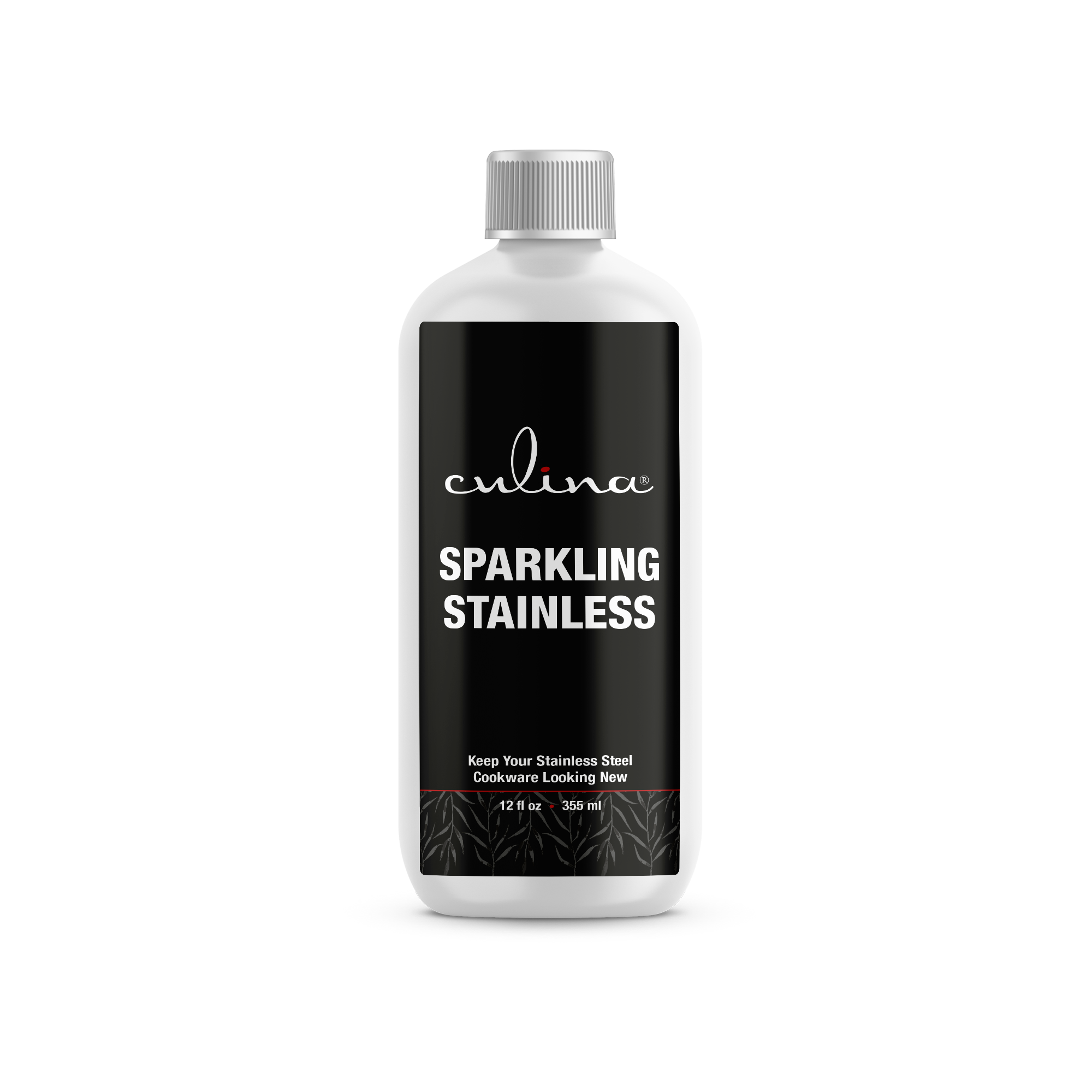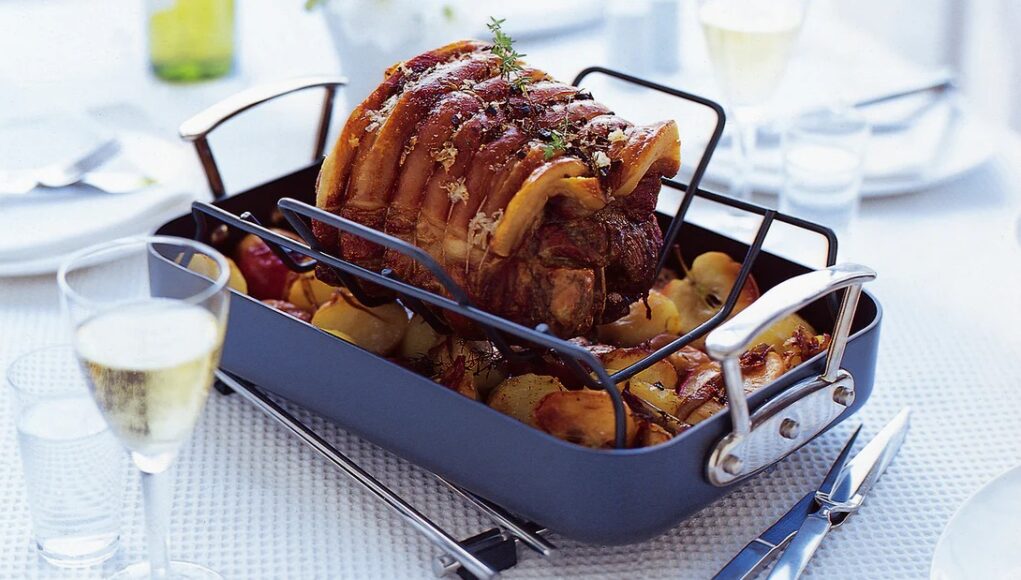When it comes to preparing delicious chicken dishes, understanding the right tools is essential. Many cooking enthusiasts often ponder the question: What is the difference between a roasting pan and a dutch oven? Both of these cooking vessels are popular in kitchens, but they serve different purposes and have their own unique features. This article aims to shed light on these two kitchen essentials so you can choose the best one for your culinary needs.

Introduction to Roasting Pans and Dutch Ovens
Before diving into the differences between a roasting pan and a dutch oven, let’s first understand what each tool is and its basic functions. A roasting pan is specifically designed for roasting meats and vegetables in the oven. It’s usually large and rectangular with low sides, allowing for even heat distribution and excellent air circulation.
On the other hand, a Dutch oven is a heavy-duty pot, often made of cast iron, with thick walls and a tight-fitting lid. It’s versatile and can be used for baking, roasting, braising, and even frying. The Dutch oven’s design helps to retain heat and moisture, making it perfect for slow-cooked dishes.

Design and Structure
Roasting Pan Design
Roasting pans typically have a large, rectangular shape with low sides. This design is conducive to even roasting and helps to prevent the accumulation of steam. Some roasting pans come with a rack that helps to elevate the meat, allowing for better air circulation and even cooking.
Dutch Oven Design
The Dutch oven, in contrast, is usually circular or oval with high sides and a heavy, tight-fitting lid. Its thick walls and base are perfect for heat retention. The design of the Dutch oven makes it ideal for braising and slow-cooking dishes, as it helps to keep moisture and flavors locked in.

Material and Construction
Materials Used in Roasting Pans
Roasting pans are often made of materials like stainless steel, aluminum, or sometimes enameled cast iron. Stainless steel is popular for its durability and even cooking. Aluminum is often used for its excellent heat conductivity, making it a good choice for roasting meats.
Materials Used in Dutch Ovens
Dutch ovens are typically made from cast iron, which is known for its superior heat retention and distribution properties. Many modern Dutch ovens are coated with an enamel layer that prevents rusting and makes them easier to clean. The heavy lid plays a crucial role in maintaining internal moisture during cooking.
Uses and Applications
What to Cook in a Roasting Pan
Roasting pans are ideal for cooking large cuts of meat like turkey, chicken, and beef roasts. The low sides enable the heat to circulate around the meat, ensuring even cooking. Roasting vegetables, such as potatoes and carrots, is also a popular use for these pans.
For more tips on cooking chicken, check out Uses of Rotisserie Chicken
What to Cook in a Dutch Oven
Dutch ovens are incredibly versatile and can be used for making stews, soups, bread, and even frying. The heavy lid and thick walls make them ideal for slow-cooked dishes that require even heat and moisture. If you enjoy braised dishes or hearty casseroles, a Dutch oven is indispensable.
Cooking Techniques
Roasting in a Roasting Pan
Roasting involves cooking food at high temperatures to develop a crispy exterior. Roasting pans are perfect for this technique due to their open design and shallow sides. The added rack helps to elevate the meat, promoting better browning and reduced steaming.
Braising in a Dutch Oven
Braising is a method of cooking that involves searing the meat at a high temperature and then cooking it slowly in liquid. Dutch ovens excel at this due to their ability to retain heat and moisture. The tight-fitting lid ensures that the flavors and moisture are locked in, making the food tender and delicious.
Heat Distribution and Retention
Even Cooking in Roasting Pans
The materials used in roasting pans, especially stainless steel and aluminum, offer excellent heat distribution. This ensures that the food is cooked evenly throughout. The open design also allows for good air circulation, which is crucial for roasting.
Superior Heat Retention in Dutch Ovens
One of the standout features of a Dutch oven is its superior heat retention. The cast iron material and heavy lid ensure that the heat is evenly distributed and retained, making it perfect for slow-cooked dishes.
Maintenance and Care
Cleaning a Roasting Pan
Roasting pans are generally easy to clean and maintain. Stainless steel and non-stick varieties can be cleaned with regular dish soap and water. For stubborn stains, soaking the pan in warm, soapy water can help loosen any baked-on food.
Cleaning a Dutch Oven
Cleaning a Dutch oven can be a bit more involved, especially if it’s made from traditional cast iron. These require more care to prevent rusting. Always dry your Dutch oven thoroughly after washing and apply a thin layer of oil to maintain the seasoning. Enameled Dutch ovens are easier to clean and can often be washed with regular dish soap and water.
Cost Considerations
Price Range for Roasting Pans
Roasting pans come in a variety of materials and sizes, which can affect their price. A basic stainless steel roasting pan can be quite affordable, while higher-end models made from enameled cast iron can be more expensive.
Price Range for Dutch Ovens
Dutch ovens are generally more expensive than roasting pans due to the materials used and their versatility. A high-quality cast iron Dutch oven can be a significant investment, but its durability and range of uses often justify the cost.
Conclusion
In summary, both a roasting pan and a Dutch oven have unique features that make them valuable tools in the kitchen. Understanding the difference between a roasting pan and a dutch oven can help you choose the right tool for your cooking needs. Whether you’re roasting a chicken or making a hearty stew, these kitchen essentials are designed to make your culinary adventures delicious and enjoyable.
FAQ Section
Can I use a Dutch oven instead of a roasting pan?
Yes, you can use a Dutch oven instead of a roasting pan for certain dishes, but it’s essential to understand that the cooking method and results may vary due to the different designs and heat retention properties.
Is it worth investing in a high-quality Dutch oven?
Yes, a high-quality Dutch oven can be a worthwhile investment due to its versatility and durability. It’s a multi-purpose tool that can handle a range of cooking methods, from baking to braising.
What material is best for a roasting pan?
The best material for a roasting pan depends on your cooking needs. Stainless steel is durable and provides even cooking, while aluminum offers excellent heat conductivity. Enamel-coated cast iron is also a good option for its heat retention properties.
For more information on roasting pans, you can visit Taste of Home or Dalstrong.
As an Amazon Associate, I earn from qualifying purchases.








